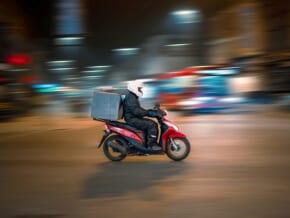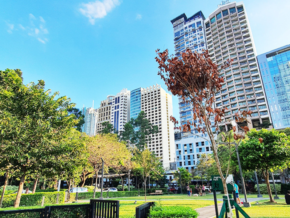Lotto Culture in PH: Explaining the Craze
Over the past few weeks, social media feeds and even news agencies have been reporting of the country’s mad dash to bet at the lottery, specifically the 6/58 Ultra Lotto.

PCSO- The agency responsible for holding the lottery draws/IMAGE PCSO Facebook page
With a jackpot of Php 1 billion, it’s not just hard to imagine why. However, it’s not just when jackpots climb that Filipinos take their chances with the lottery. In fact, many foreign visitors have noted the prevalence of lottery ticket outlets and the country’s betting culture. So how did it all start?
History
The Philippines has adopted many things from Spain, one of which is the lottery or lotto. Lotteries have been in the country since 1883, under private enterprises called Empressa de Reales Loteria Espanolas de Filipinas. The Spanish Government conducted these lotteries as a means to generate revenues. It is interesting to note that while in exile in Dapitan, Dr. Jose Rizal won Php 6,200 in the 1892 draw. He subsequently donated his winnings to an educational project. The loteria, however, was forced to shut down when the Philippine Revolution broke out.
It wasn’t until 1932 that the first Sweepstakes draw after the revolution was conducted. The Philippine government used it to raise funds to support projects meant for the Filipino youth through the Philippine Amateur Athletic Federation (PAAF), which was the beneficiary of the said draw.
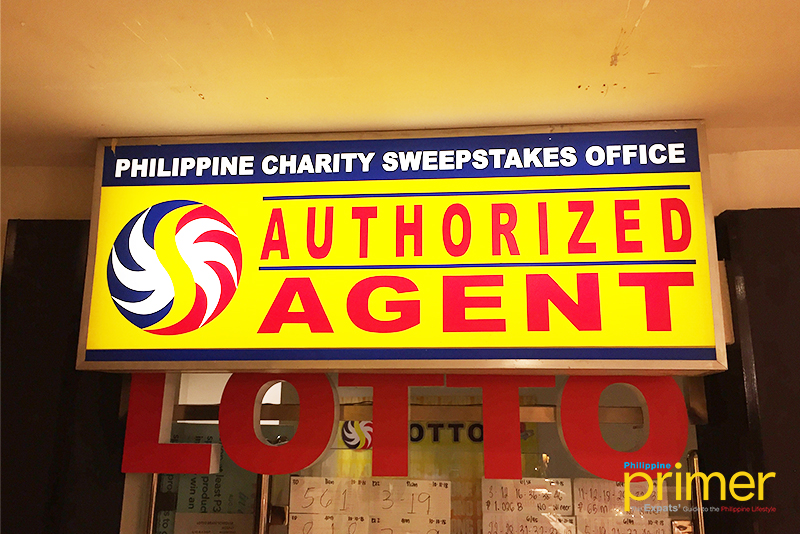 These outlets can be found in many places all over the country
These outlets can be found in many places all over the country
Due to its success, the government decided to hold more draws, this time for the benefit of the Philippine Tuberculosis Society (then the Philippine Anti-Tuberculosis Society). These draws were held under the National Charity Sweepstakes.
The country’s legislators thought of institutionalizing the sweepstakes as a way to raise funds not just for the benefit of the youth or fighting tuberculosis but for the promotion of public health and general welfare as well.
In March 1935, the Philippine Charity Sweepstakes Office (PCSO) was created, replacing the National Charity Sweepstakes. The new organization secured a loan of Php 250,000 from the National Treasury and due to successful ticket sales, was able to pay back in less than two months. Its humanitarian mission won public support which continues to this day.
Lotto Games
The 6/58 Ultra Lotto may be getting all the attention but it’s not the sole lottery of PCSO. There’s also the 6/55 Grand Lotto, 6/49 Super Lotto, 6/45 Mega Lotto, and 6/42 Lotto. Each one has its own jackpot prize. Draws are held three times a week. Check the outlets for the schedule.
How to Play
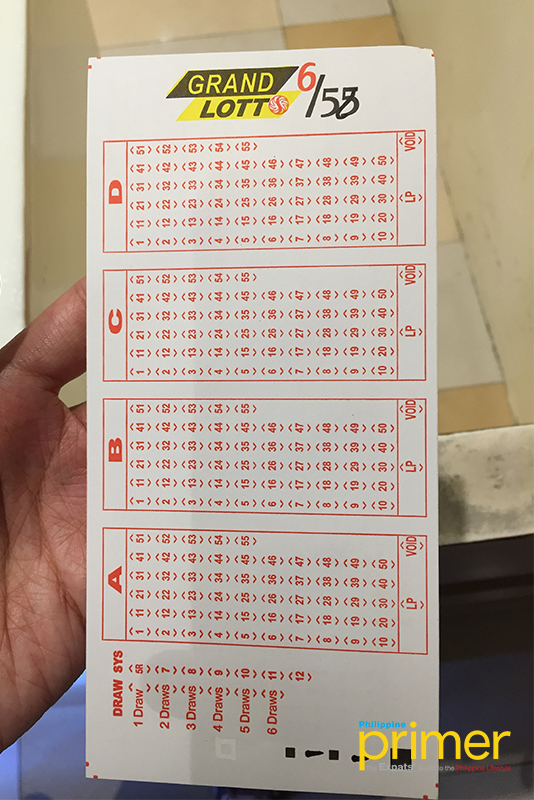 Lotto play slip. Just mark 6 digits of your choice with a vertical line. The 6/58 costs Php 24/play slip.
Lotto play slip. Just mark 6 digits of your choice with a vertical line. The 6/58 costs Php 24/play slip.
Betting the lotto is simple enough to understand. The number 6 on each of the lotto indicates that the bettor needs to choose 6 numbers for every play slip. The other numbers indicate the range of numbers the bettor can choose from. For example: In the 6/58 Ultra Lotto, a better has to choose 6 numbers between 1 and 58. For the 6/55 Grand Lotto, a bettor has to choose 6 numbers between 1 and 55, and so on. The bettor has to mark their chosen number with a vertical line. After that, they just need to submit their play slip to the outlet operator and wait for their ticket that indicates their chosen numbers. Bettors must keep their ticket as proof in order to claim their winnings. Note that since this is a gambling game, one has to be at least 18 years old in order to bet.
Lotto Culture
Filipinos can be found taking their chances with all sorts of numbers games, not just the lotto. As bad as that may sound, it’s usually an attempt to get lucky in order to alleviate money-related problems.
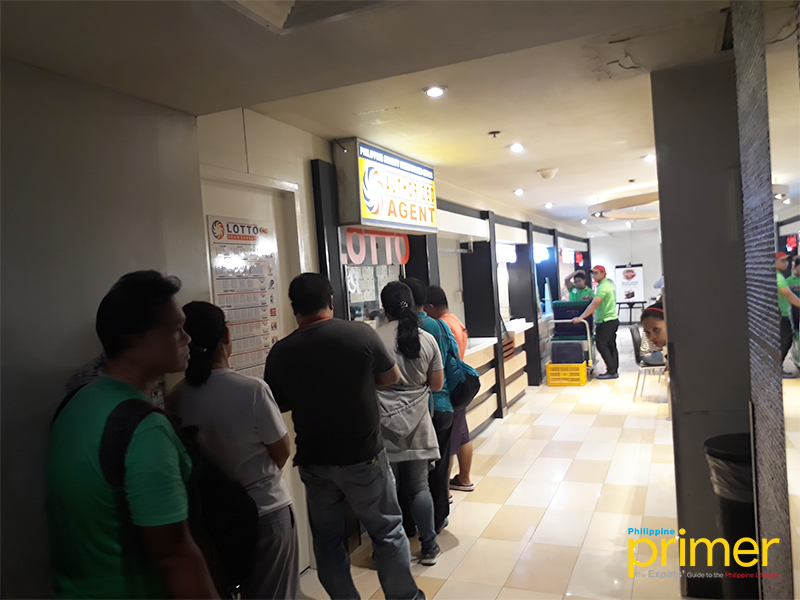
Good or bad, betting on the lotto is ingrained in Filipino culture and is a quirk that will be here to stay for quite some time.







